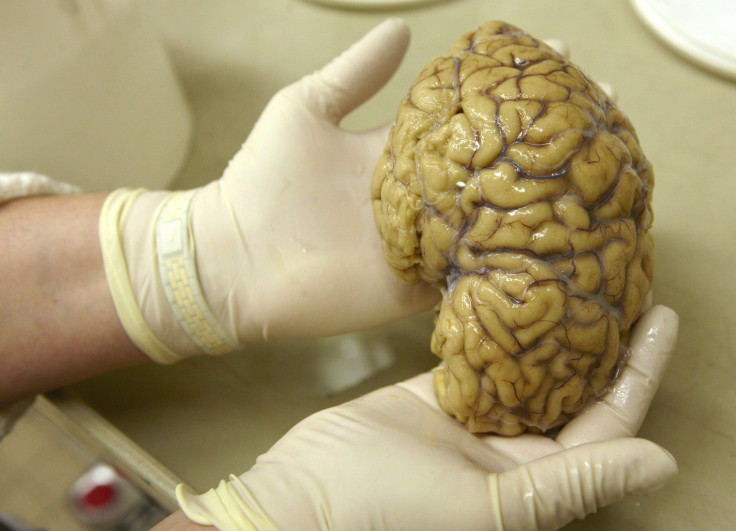New Link Between The Brain And The Immune System Discovered

A team of researchers at the University of Virginia School of Medicine has discovered a connection between the brain and the immune system. They have found this connection in the brain’s meningeal lymphatic vessels, which were previously not known to exist.
In a study published in Nature magazine, Antoine Louveau, a postdoctoral fellow in Kipnis’ lab, has brought into light the presence of meningeal lymphatic vessels after examining a mouse’s meninges. In his experiment, he found the passing of immune cells to the meninges through the vessels, which were connected to the lymphatic system.
In mammals, the meninges are the membranes that cover the brain and spinal cord. The meninges and cerebrospinal fluid mainly protect the central nervous system.
“For many years, we have been saying that there is no lymphatic drainage from the brain. But this, in a way, is a breakthrough study because it shows the presence and functionality of a lymphatic vessel in the dura mater,” said Jon Laman, an immunologist at Erasmus University Medical Centre in Rotterdam, the Netherlands, as reported by The Scientist. Laman was not involved in the study.
The image of the newly discovered immune component pathway, which is very close to the blood vessel, was very difficult to capture. Hence, its existence was never considered in studies of the human anatomy. Still, related studies are needed to mark the presence of the vessels in the central nervous system of humans.
The discovery of the brain’s connection to the peripheral immune system through meningeal lymphatic vessels has shown a new path to researchers. The vessels look different with the changing age and physical structure. Hence, the researchers believe that they have yet to find out the role of these vessels in aging of body. Additionally, the new finding is expected to promote an in-depth study and treatment of immunoneurological diseases like autism, Alzheimer’s and multiple sclerosis.
To report problems or leave feedback on this article, email the reporter at: spghosh.ghosh@gmail.com.






